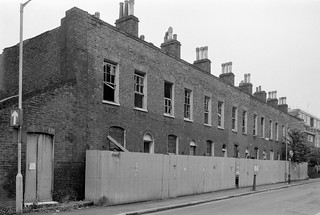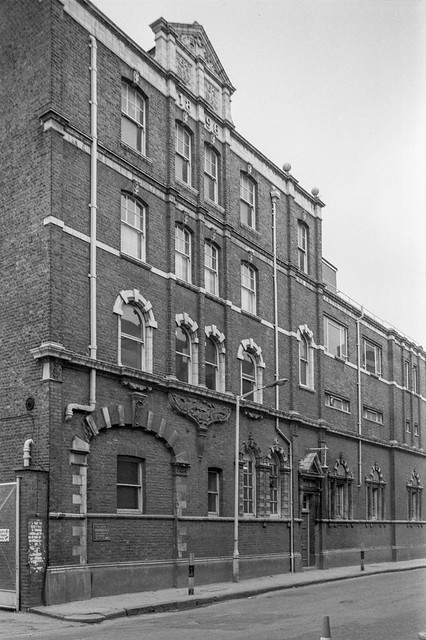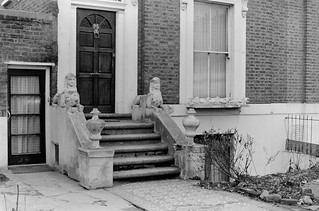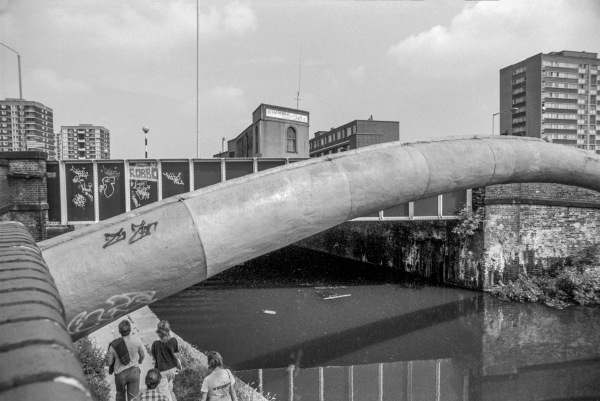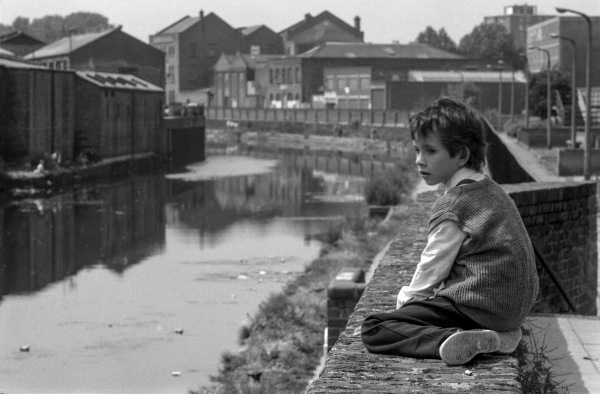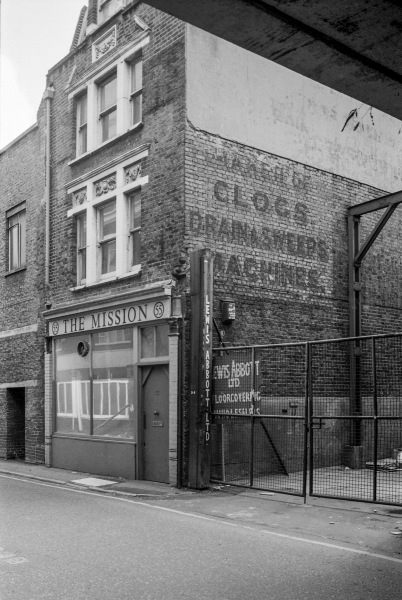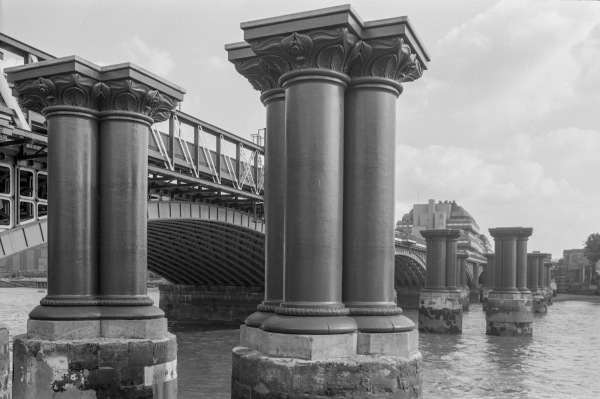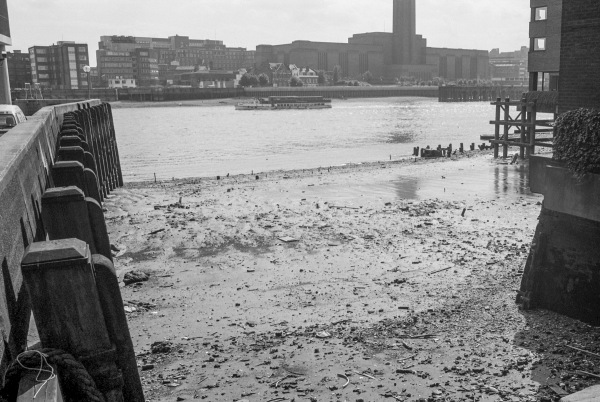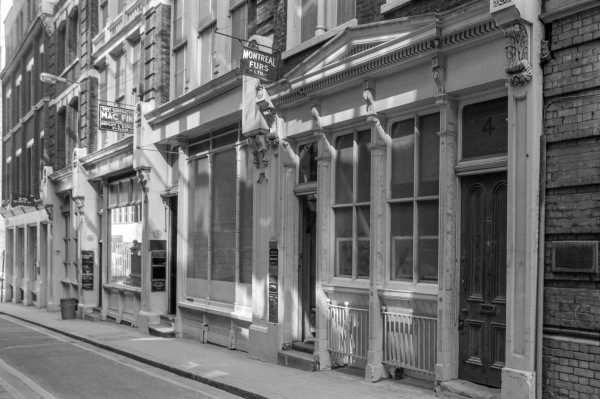The Merriam-Webster dictionary lists Micawber as a word meaning “one who is poor but lives in optimistic expectation of better fortune“, derived of course from the clerk in Charles Dicken’s David Copperfield famous for his belief that “something will turn up” and the principle he expounds:
“Annual income twenty pounds, annual expenditure nineteen nineteen and six, result happiness. Annual income twenty pounds, annual expenditure twenty pounds ought and six, result misery.”
Wilkins Micawber is said to have been based on Dicken’s father who also spent time in a debtors prison. In the novel Micawber gives his address as Windsor Terrace, City Road, and in the 1930s this street is in Hoxton, close to the Islington border in north London which runs across the north end of Windsor Terrace, previously Edward St was renamed after him.
It seemed a suitable location for a bookie’s shop, (and there is a pub opposite) but it had clearly gone out of business. The building is still standing though rather altered, at the end of a row of Victorian housing but the area has changed considerably. As well as modern developments since I took this picture, parts had already been rebuilt after the Blitz with what was left of Windsor Terrace being redeveloped in the 1950s, and the Wenlock Brewery on Micawber St, site of a terrible wartime tragedy when bombing caused a leak of ammonia gas into its basement which was used as a local air raid shelter was demolished shortly after. That site is now the home of the Child Poverty Action Group.
Micawber St runs across the south end of the Wenlock Basin on the Regent’s Canal, but I don’t think there is anywhere where the basin is visible from the street.
Another nearby building, erected in 1896 by St Luke’s Vestry. You can see these and other pictures on Page 5 of my Flickr album 1986 London Photographs.
All photographs on this and my other sites, unless otherwise stated, are taken by and copyright of Peter Marshall, and are available for reproduction or can be bought as prints.

